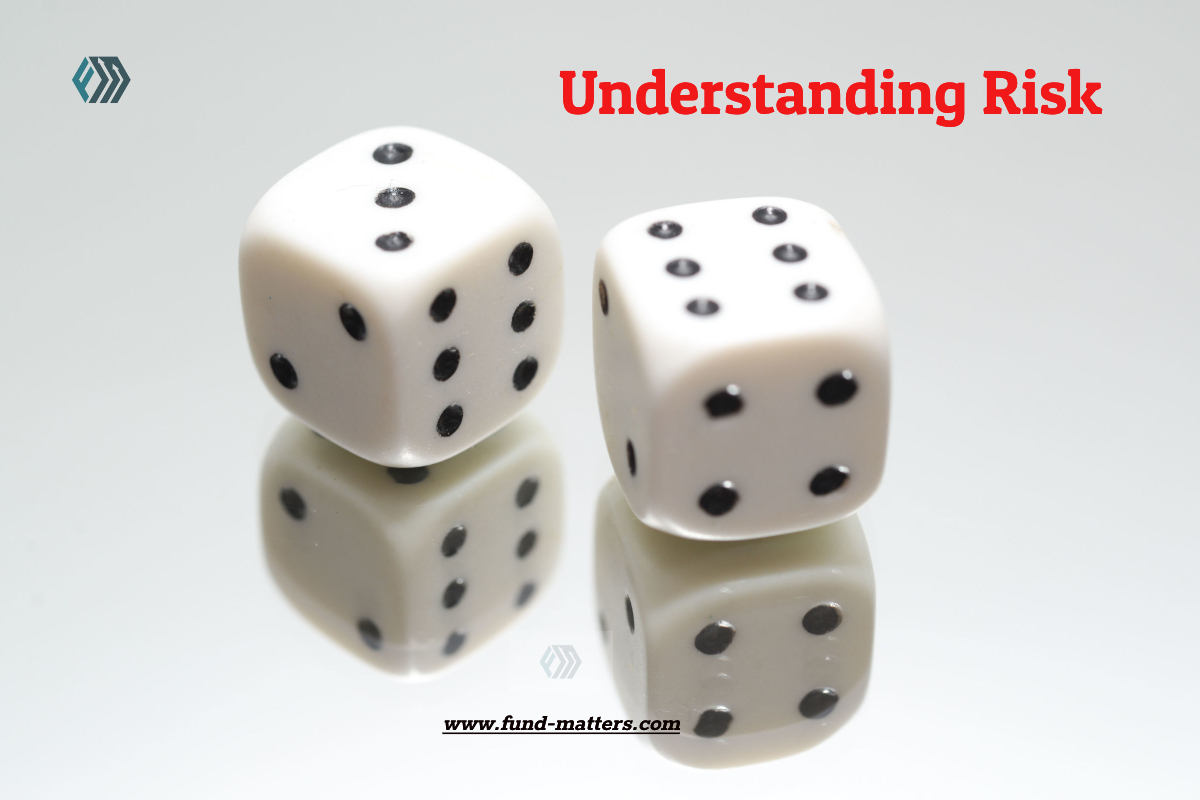Understanding Risk


Very few terms in personal finance are as important, or as frequently used, as the term “risk”. Every investment carries some degree of risk, including the possible loss of principal, and there can be no guarantee that any investment strategy will be foolproof. That’s why it makes sense to understand the kinds of risk as well as the extent of risk that you choose to take, and to learn ways to manage it.
There are many types of risk an investor should be aware of. Volatility is the basic risk
Generally, when financial advisors or the media talk about investment risk, their focus is on the historical price volatility of the asset or investment under discussion. Financial Advisors label as aggressive or risky an investment that has been prone to wild price gyrations in the past. Suppose that you had invested INR10,000 in each of two mutual funds and that both funds produced average annual returns of 10 percent. Imagine further that one of these hypothetical funds, Steady Fund, returned exactly 10 percent every single year. The annual return of the second fund, Jumping Fund, alternated — 5 percent one year, 15 percent the next, 5 percent again in the third year, and so on. You should not invest funds that will soon be needing into a volatile investment. Otherwise, you might be forced to sell the investment at a loss to raise cash at a short notice.
Other Types Of Risks
Here are a few of the many different types of risks:
- Market risk: This refers to the possibility that an investment will lose value because of a general decline in financial markets, due to one or more economic, political, or other factors.
- Inflation risk: Sometimes known as purchasing power risk, this refers to the possibility that prices will rise in the economy as a whole. For instance, your investment might yield a 6 percent return, but if the inflation rate rises to double digits, the amount that you get back on maturity would have lesser value than the original amount you invested. Inflation risk is a major worry for fixed income investors, who though do not face the volatility of the stock market.
- Interest rate risk: This relates to increases or decreases in prevailing interest rates and the resulting price fluctuation of an investment, particularly bonds. There is an inverse relationship between bond prices and interest rates. As interest rates rise, the price of bonds falls; as interest rates fall, bond prices tend to rise. If you need to sell your bond before it matures, you run the risk of loss in principal amount if the prevailing interest rates are higher than the interest rates when you purchased the bond.
- Default risk (credit risk): This refers to the risk that a bond issuer will not be able to pay its bondholders interest or repay principal.
- Liquidity risk: This refers to how easily your investments can be converted to cash or sold, without significant loss of principal. This basically refers to the availability of a vibrant secondary market for that particular instrument.
- Political risk: This refers to the possibility that new legislation or changes in governments will adversely affect companies you invest in.
- Currency risk (for those making international investments): This refers to the possibility that the fluctuating rates of exchange between INR and foreign currencies will negatively affect the value of your foreign investment, as measured in INR.
Understanding your own tolerance for risk
The concept of risk tolerance is two-fold. First, it refers to your comfort level to assume risk. If you find that you can’t sleep at night because you’re worrying about your investments, then you might have taken too much risk beyond your comfort level. Second, your risk tolerance is affected by your financial ability to cope with the possibility of loss, which is influenced by your age, stage in life, how soon you’ll need the money, your investment objectives, and your financial goals. If you’re investing for retirement and you’re 35 years old, you may be able to endure more risk than someone who is 10 years into retirement.
Reducing risk through diversification
Don’t put all your eggs in one basket. You can potentially help offset the risk of any one investment by spreading your money among several asset classes. Diversification strategies take advantage of the fact that market forces do not normally influence all types or classes of assets at the same time or in the same way.
Evaluating risk
You should become fully informed about the risk aspects of an investment product before taking a decision. There are numerous sources of information. In addition to the information available from the company’s product broacher, you can also find information in third-party business and financial publications and websites.



